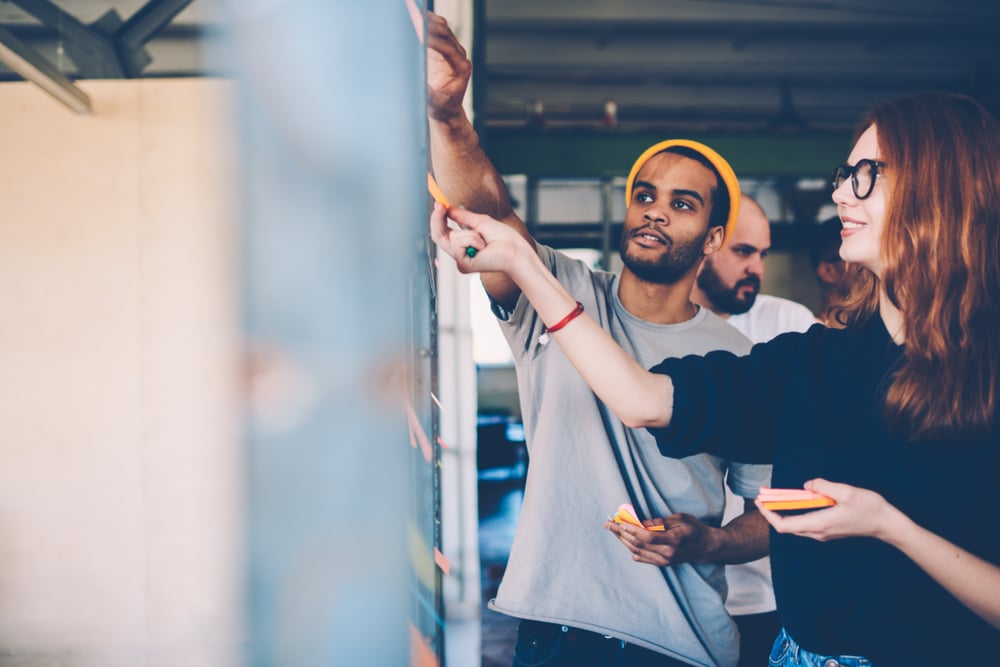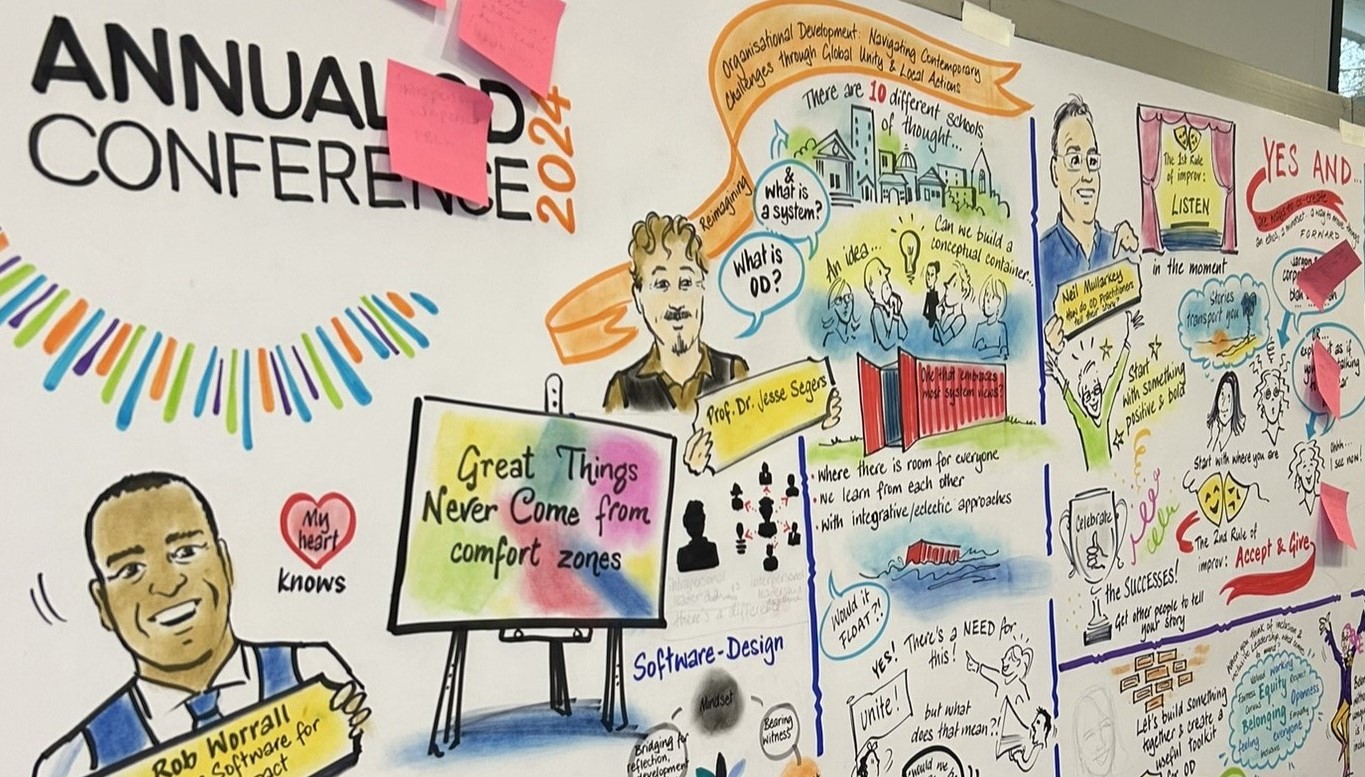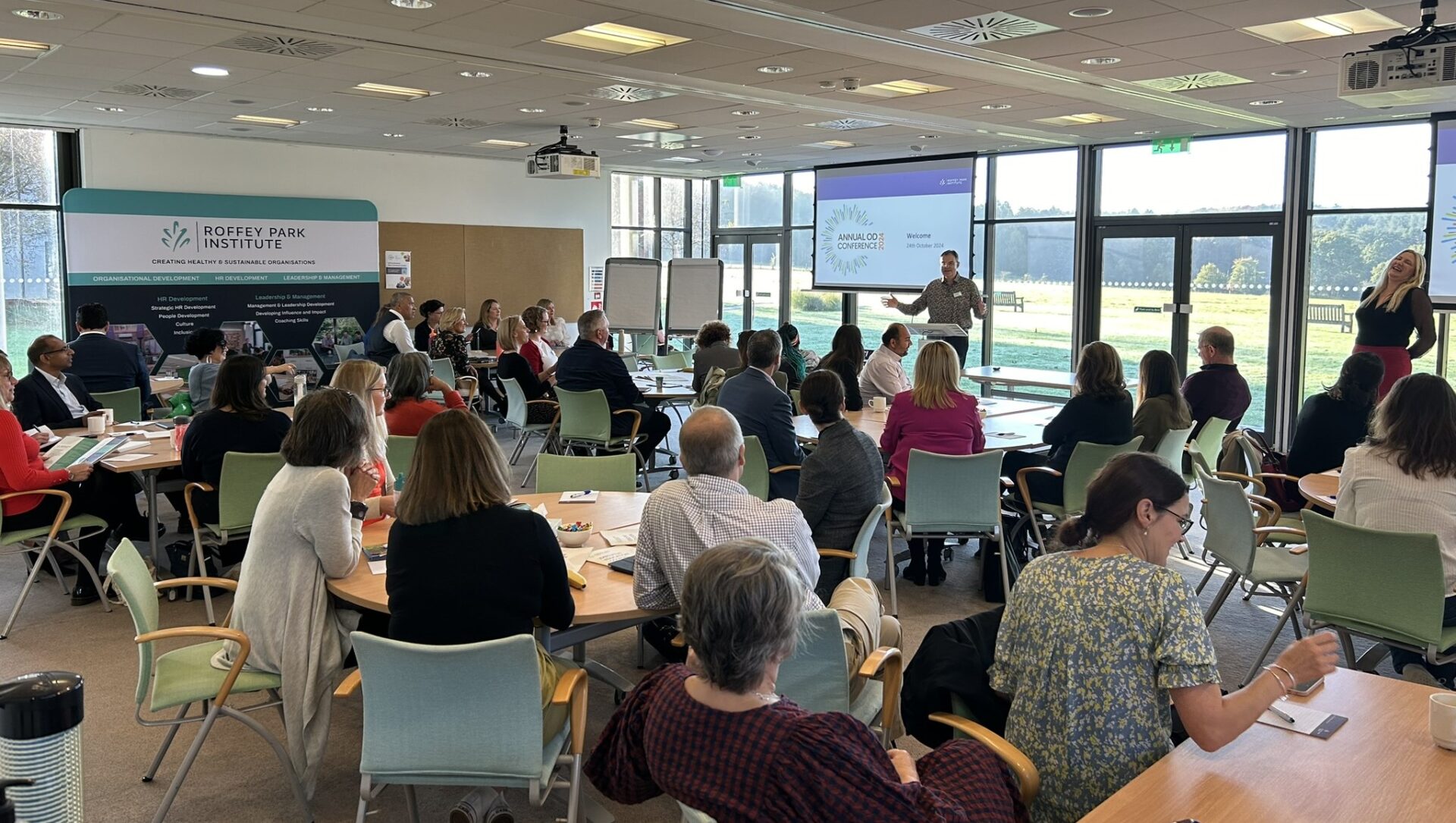Have you ever had that feeling when you are sitting in a room for hours, spending time away from “your real job” without actually achieving anything concrete? Enter facilitation. Facilitation has evolved into a distinct discipline which is used at every level in organisations, to help people in meetings to reach a decision, resolve an issue or generate creative ideas.
A definition of facilitation
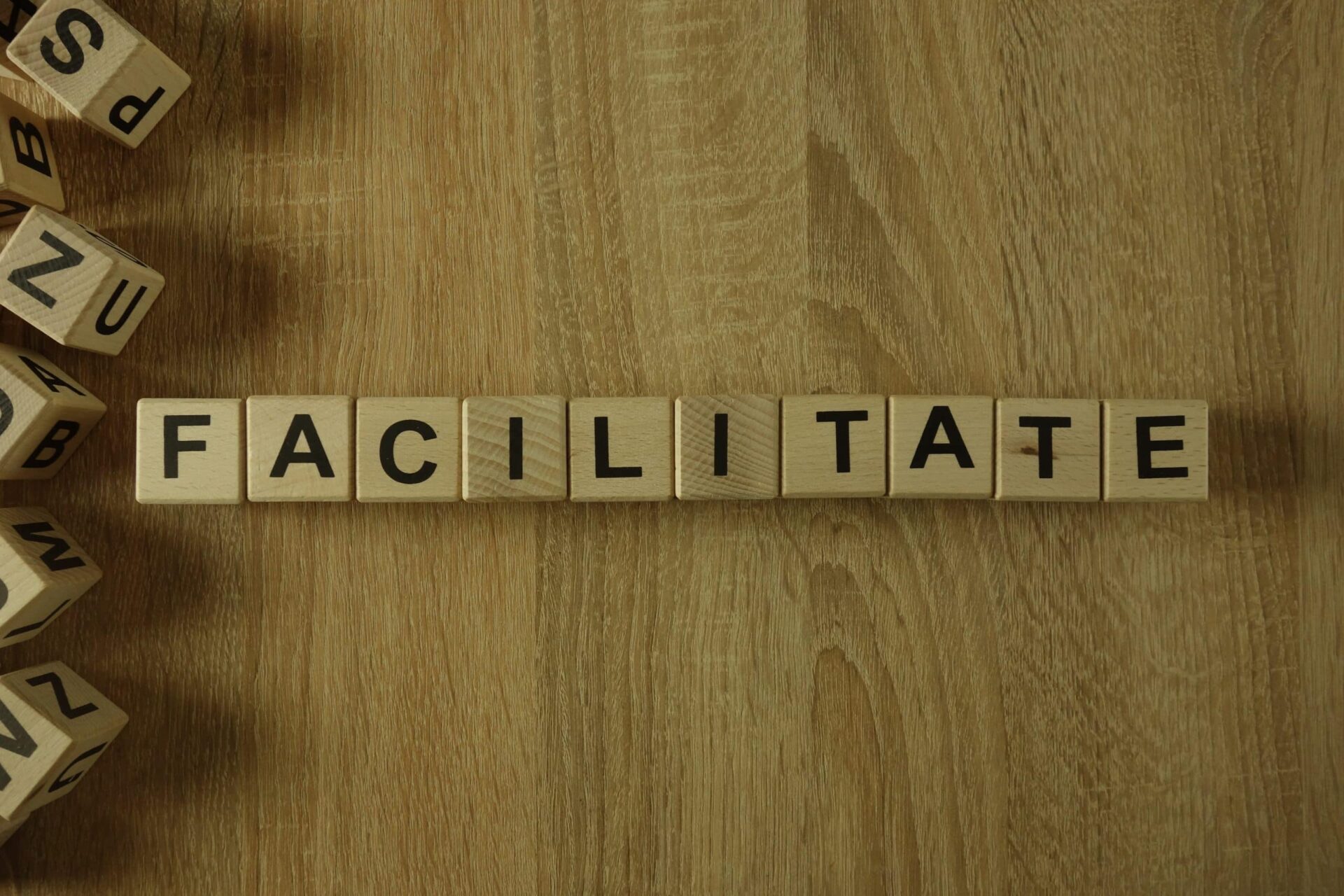
Trevor Bentley, defines facilitation as:
“The provision of opportunities, resources, encouragement and support for the group to succeed in achieving its objectives and to do this through enabling the group to take control and responsibility for the way they proceed.”
The word facilitate comes from the Latin which means to ‘make easy’. We believe that facilitation is the art of focusing group energy on a specific goal. It’s a diverse field/profession and relies on facilitators who have a broad repertoire of facilitation skills and approaches.
What is a facilitator?
Ingrid Bens defines a facilitator as:
“One who contributes structure and process to interactions so groups are able to function effectively and make high quality decisions. A helper and enabler whose goal is to support others as they achieve exceptional performance.”
A facilitator is a person whose role is to guide people through a process to an effective result. This process could be a meeting, a brainstorming session, training and development, a planning session, team building, conflict resolution, or any situation involving a group of people where there are desired outcomes, goals or targets (or where there certainly should be!)
Here are seven steps to achieve effective facilitation skills
Based on our extensive experience of working with groups and running facilitation skills training programmes, here are seven techniques:
Step One: Set the Boundaries

Always begin by setting the ground rules and objectives, even if these are open ended. Having an outline structure and time for reflection is also helpful although this mustn’t constrain the need to respond “in the moment” to the situation and the needs of the group.
Start by helping the group to clarify an outcome that is reasonable to achieve in the time available. Try to reach a consensus on how disagreements or conflicts will be handled and be clear what your own role is in the process. And aim to create an environment of trust, openness and confidentiality.
Once you have established the boundaries, you can keep bringing the group back to these to make sure they remain on track.
Step Two: Remain impartial
When facilitating it can be difficult to remain impartial and not to have a pre-determined outcome that you want the group to reach. That’s not facilitation, that’s manipulation!
The challenge therefore is to influence the group but not dominate it. This means being able to suppress your ideas/solutions and encourage others to talk. This is harder than it sounds. A facilitator needs to encourage the group to consider ideas but their role should be one of guiding and not dictating. Try to help the group reach a consensus or decide on a course of action – the group must feel as though they’ve achieved the outcome for themselves.
Step Three: Understand group dynamics
First defined by Kurt Lewin, group dynamics is a term to define the patterns and behaviours people use when they interact with others to work in a team or group.
Pay most of your attention to the process level, which sits below the content and relates to how people feel about taking part. This is key to unlocking the group’s potential to achieve its goal because it is where you get into the politics and interaction between group members.

Use your senses, your intuition and your instincts to pick up the atmosphere. Are people enthusiastic? Are people expressing their feelings or keeping quiet? Who’s talking and who isn’t? Use questions to challenge and clarify, concentrate on the emotional temperature and try to read the body language and any other non-verbal behaviour.
Step Four: Use your personal style
A facilitator’s role is more about ‘being’ – the energy and personality you bring – rather than ‘doing’ – the techniques you use to help the group.
Who you are – your style and presence – impacts your facilitation skills. To create an open and honest environment, you need an empathic personal presence and the group needs to respect and trust you. They also need to feel confident that you are able to deal with any incidents that may happen.
Remember where you sit, whether you look in control or are flustered, how animated you are – all of which give you a sense of presence as does your tone of voice.
Step Five: Intervene when appropriate
It’s important to continuously notice what’s going on, make sense of it and then decide what to do about it. You may choose to keep quiet and watch what happens or you could intervene. A look, smile or nod can be all that is needed to intervene or indicate support or challenge to what is going on.

Challenging the group can be tricky to handle. You may need to ask difficult questions which are fundamental or which draw attention to difficult process issues which the group may find uncomfortable. Sometimes the facilitator is there to surface the grit in the oyster or to be the grit themselves.
Step Six: Handling difficult situations
Dealing with difficult people and conflict are two of the biggest challenges to effective facilitation.
With conflict, it is often not the apparent disagreement but an underlying conflict which is the real problem. There are tactics and skills that you can develop to respond to these situations which are important because success is often determined by how the issue is addressed.
If it is a difficult situation suggest having a break for coffee, change the scenery, work in pairs or brainstorm the issue involved. If it’s a disruptive individual you may choose to confront that person, perhaps in private, and give them feedback on what they are doing and the impact it is having on the group.
Step Seven: Practise, practise, practise
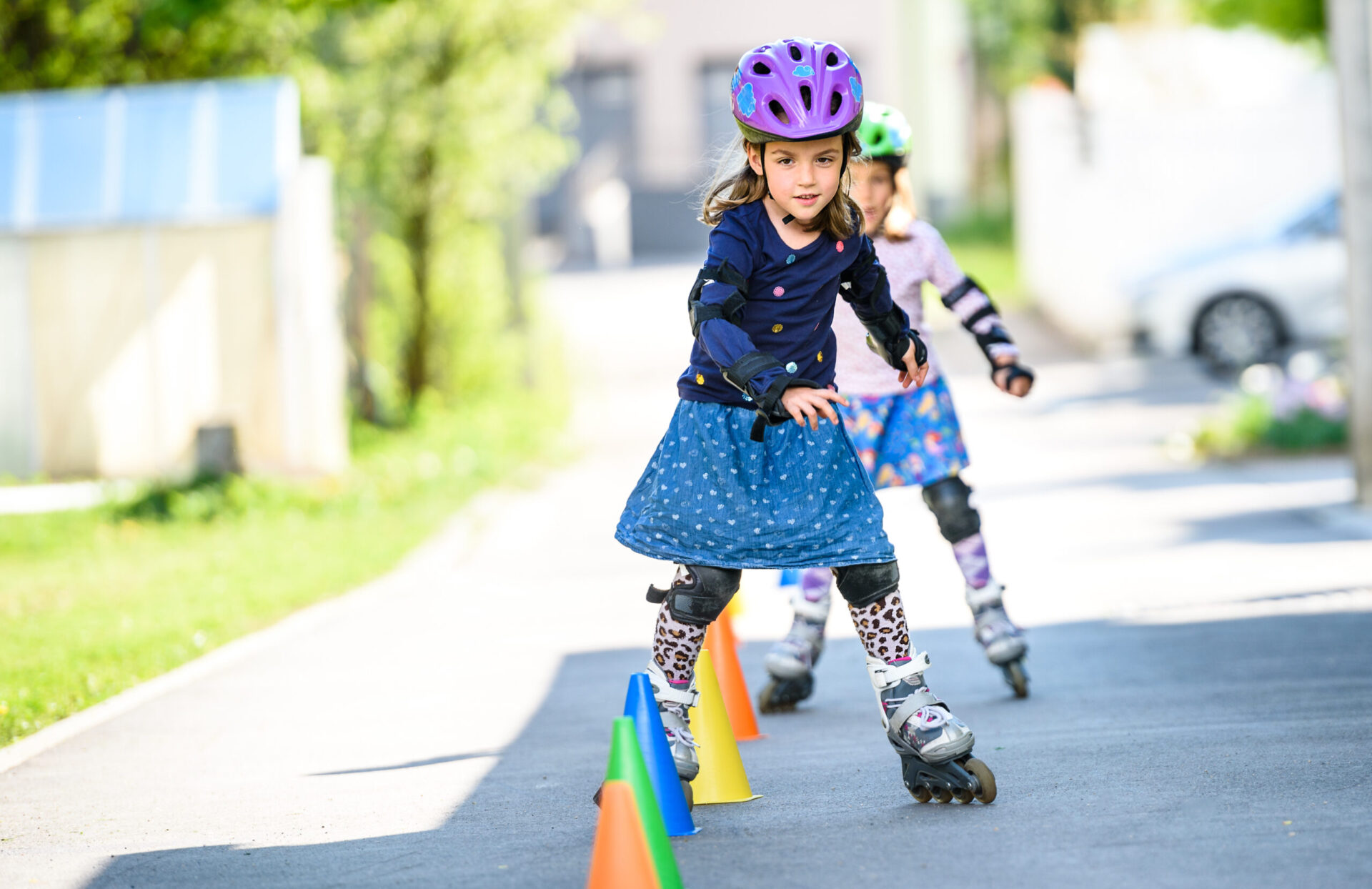
Remember facilitation is an art and not a science. You’re constantly making decisions about what to do in every situation: some you get right but some you won’t. But the skills involved – observation, listening, reading body language, understanding human behaviour and stepping out of the content – can all be achieved through practise. And the more you practise your facilitation skills, the more comfortable you’ll become with it.
Want to develop your facilitation skills?
Roffey Park has been facilitating learning in organisations and groups since 1946. Today we run leading-edge customised and open training programmes on facilitation skills for experienced practitioners and beginners:
Customised Facilitation Skills Programmes
Advanced Facilitation Skills Training Course
Practical Facilitation Skills Course
Need to talk about us about your organisation’s development needs? Get in touch today

